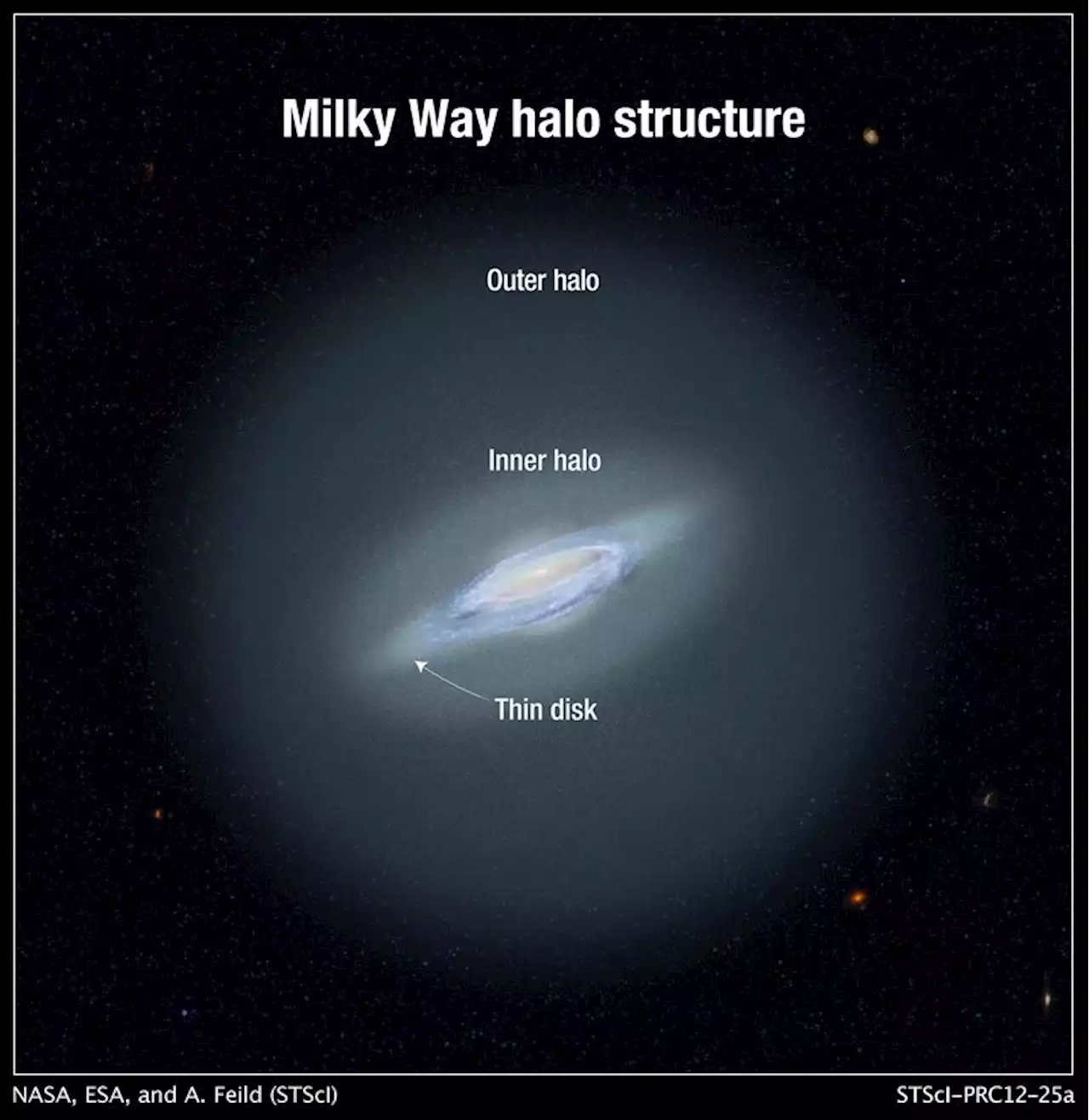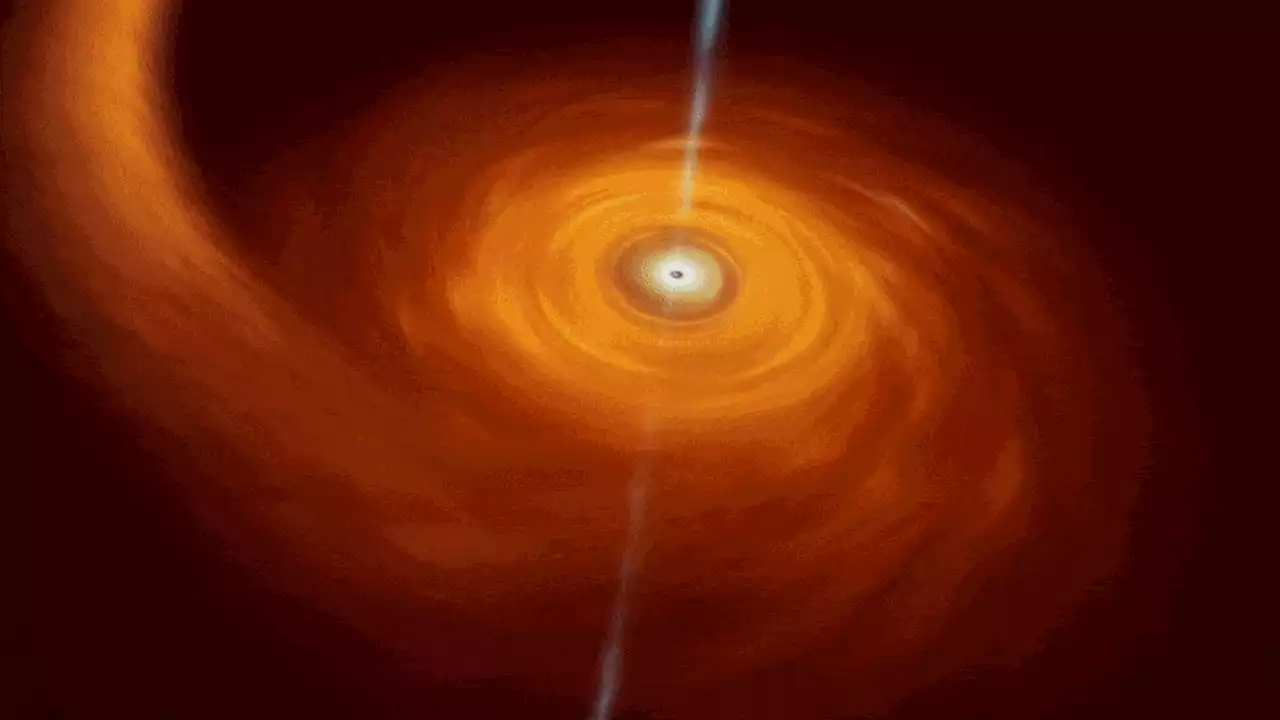A new tool gives astronomers a split-second view of massive, merging stars.
. Although these GRBs were identified years ago—as early as the 1990s—the enormous complexity of GRB signals has kept these QPO signals hidden from astronomers until now. “One of my colleagues wryly noted that ‘If you’ve seen one gamma-ray burst, you’ve seen one gamma-ray burst,’” says Miller. “This makes it difficult to tell whether there is some signal of oscillation, or whether that’s just GRBs being GRBs.
With the detection of these gamma-ray signals, astronomers now have a new tool to explore some of the weirdest and wildest phenomena in the universe. With a treasure trove of old data to explore, the team now hopes to use this tool to find more examples of these curious mergers.
Singapore Latest News, Singapore Headlines
Similar News:You can also read news stories similar to this one that we have collected from other news sources.
 Astronomers find the most distant stars in our galaxy halfway to AndromedaAstronomers have discovered more than 200 distant variable stars known as RR Lyrae stars in the Milky Way's stellar halo. The most distant of these stars is more than a million light years from Earth, almost half the distance to our neighboring galaxy, Andromeda, which is about 2.5 million light years away.
Astronomers find the most distant stars in our galaxy halfway to AndromedaAstronomers have discovered more than 200 distant variable stars known as RR Lyrae stars in the Milky Way's stellar halo. The most distant of these stars is more than a million light years from Earth, almost half the distance to our neighboring galaxy, Andromeda, which is about 2.5 million light years away.
Read more »
 Not Black Holes: Astronomers May Need To Rethink How Gamma-Ray Bursts Are FormedAccording to recent research from the University of Bath in the UK, newborn supramassive stars, rather than black holes, may be the cause of gamma-ray bursts. Satellites orbiting Earth have detected Gamma-ray bursts (GRBs) as luminous flashes of extremely energetic gamma-ray radiation that last f
Not Black Holes: Astronomers May Need To Rethink How Gamma-Ray Bursts Are FormedAccording to recent research from the University of Bath in the UK, newborn supramassive stars, rather than black holes, may be the cause of gamma-ray bursts. Satellites orbiting Earth have detected Gamma-ray bursts (GRBs) as luminous flashes of extremely energetic gamma-ray radiation that last f
Read more »
 Astronomers Reveal Secrets of Mysterious Radio Bubbles Surrounding Supermassive Black HoleAstronomers Reveal Secrets to Burping Black Hole with the Green Bank Telescope The National Science Foundation’s Green Bank Telescope (GBT) has revealed new information about mysterious radio bubbles surrounding a supermassive black hole. In a new paper studying the galaxy cluster MS0735, “We’re
Astronomers Reveal Secrets of Mysterious Radio Bubbles Surrounding Supermassive Black HoleAstronomers Reveal Secrets to Burping Black Hole with the Green Bank Telescope The National Science Foundation’s Green Bank Telescope (GBT) has revealed new information about mysterious radio bubbles surrounding a supermassive black hole. In a new paper studying the galaxy cluster MS0735, “We’re
Read more »
 Unprecedented Discovery: Astronomers Observe Most Distant Black Hole Devouring a StarLast year, the European Southern Observatory’s Very Large Telescope (ESO’s VLT) was alerted after an unusual source of visible light had been detected by a survey telescope. The VLT, together with other telescopes, was swiftly repositioned towards the source: a supermassive black hole in a distant g
Unprecedented Discovery: Astronomers Observe Most Distant Black Hole Devouring a StarLast year, the European Southern Observatory’s Very Large Telescope (ESO’s VLT) was alerted after an unusual source of visible light had been detected by a survey telescope. The VLT, together with other telescopes, was swiftly repositioned towards the source: a supermassive black hole in a distant g
Read more »
 Astronomers May Have Solved The Mystery of The Bubbles Towering Over The Milky WayWhen the Fermi Gamma-Ray Space Telescope entered low-Earth orbit in 2008, it opened our eyes to a whole new Universe of high-energy radiation.
Astronomers May Have Solved The Mystery of The Bubbles Towering Over The Milky WayWhen the Fermi Gamma-Ray Space Telescope entered low-Earth orbit in 2008, it opened our eyes to a whole new Universe of high-energy radiation.
Read more »
 BlueWalker 3, an enormous and bright communications satellite, is genuinely alarming astronomersI am an observational astronomer, studying how galaxies evolve over billions of years.
BlueWalker 3, an enormous and bright communications satellite, is genuinely alarming astronomersI am an observational astronomer, studying how galaxies evolve over billions of years.
Read more »
